Educators, historians and some elected officials are urging South Dakota Gov. Kristi Noem and the state Department of Education to keep politics and personal bias out of the process to develop a new and enhanced civics and history initiative for public K-12 schools across the state.
In her State of the State speech in January, the governor proposed one-time funding to enhance and expand teaching of civics and history in public schools, and the state Legislature approved her $900,000 request during the spring session.
In response, the state education department has embarked on development of the South Dakota Civics and History Initiative, a two-year, four-pronged plan to create new teaching content, provide new resources and training for teachers, and increase access to civic and historical lessons and experiences for students, especially at the elementary level. When the plan is finalized, use of the program will be optional for school districts.
Noem joined many other state and national leaders who in recent years have raised concerns that the two subjects have been deemphasized in the public school system, or that students have failed to learn basic facts about state history and how government works.
Noem, a conservative Republican, has supported efforts to improve civics education before, but her recent funding allocation and initiative come as she has taken an increasingly strong position on social issues and has sought to raise her profile in the national political arena.
Noem has been an ardent supporter of former President Donald Trump, who in December 2020 released the final report of the 1776 Commission, which promoted “patriotic education” and criticized “progressive educators” who the commission alleged have tried to shape student thinking to align with their liberal personal and political views.
Some criticism arises
In the months since Noem announced her civics and history proposal, the volatility of proposing a new statewide initiative was made clear as criticism arose on several fronts.
Some lawmakers argued that the state, which historically has left classroom teaching decisions to local school districts, was trying to influence the curriculum. While the state regularly sets education standards — the goals for what students should learn by what grade — decisions on what teaching materials and instructional methods are used in the classroom should be left to local school districts, they said.
Some educators have questioned whether the update is needed, arguing that South Dakota teachers are already doing a good job of teaching history and civics.
Sioux Falls School Board President Cynthia Mickelson took the governor’s proposal as a criticism of teachers and their commitment to vigorous teaching of civics and history.
“Anyone who is worried about history/civics instruction should 1st visit SFschools,” Mickelson wrote in a tweet on Jan. 12. “Our team and all educators have been put through the wringer and to now pile on them and say they are indoctrinating their students and not doing a good job is inexcusable.”
The governor has added political fuel to the debate by blaming a lack of civics education in part for the Jan. 6 attack on the U.S. Capitol. In a column she wrote in January, Noem decried the violence but argued that a lack of civics education was “the root cause” of the insurrection, without mentioning the role of Trump and his supporters in the attack. She also referred to the 2020 presidential election as “rigged” and has not backed off that claim when asked to clarify.
Noem has said that her goal for the civics and history initiative is to teach students that the United States is “the most unique nation in the history of the world” and to give all state residents the knowledge needed to “pursue their own American dream.”
Ian Fury, spokesperson for Noem, declined a News Watch request to interview the governor and referred all questions about the civics and history initiative to the Department of Education, which he said is leading the effort to implement a program.
At this point, still very early in the initiative process, it is unclear who or what group will have the final say in what the content and new teaching materials will contain. No specific committee or panel has been created to make final calls on teaching materials or new historical resources.
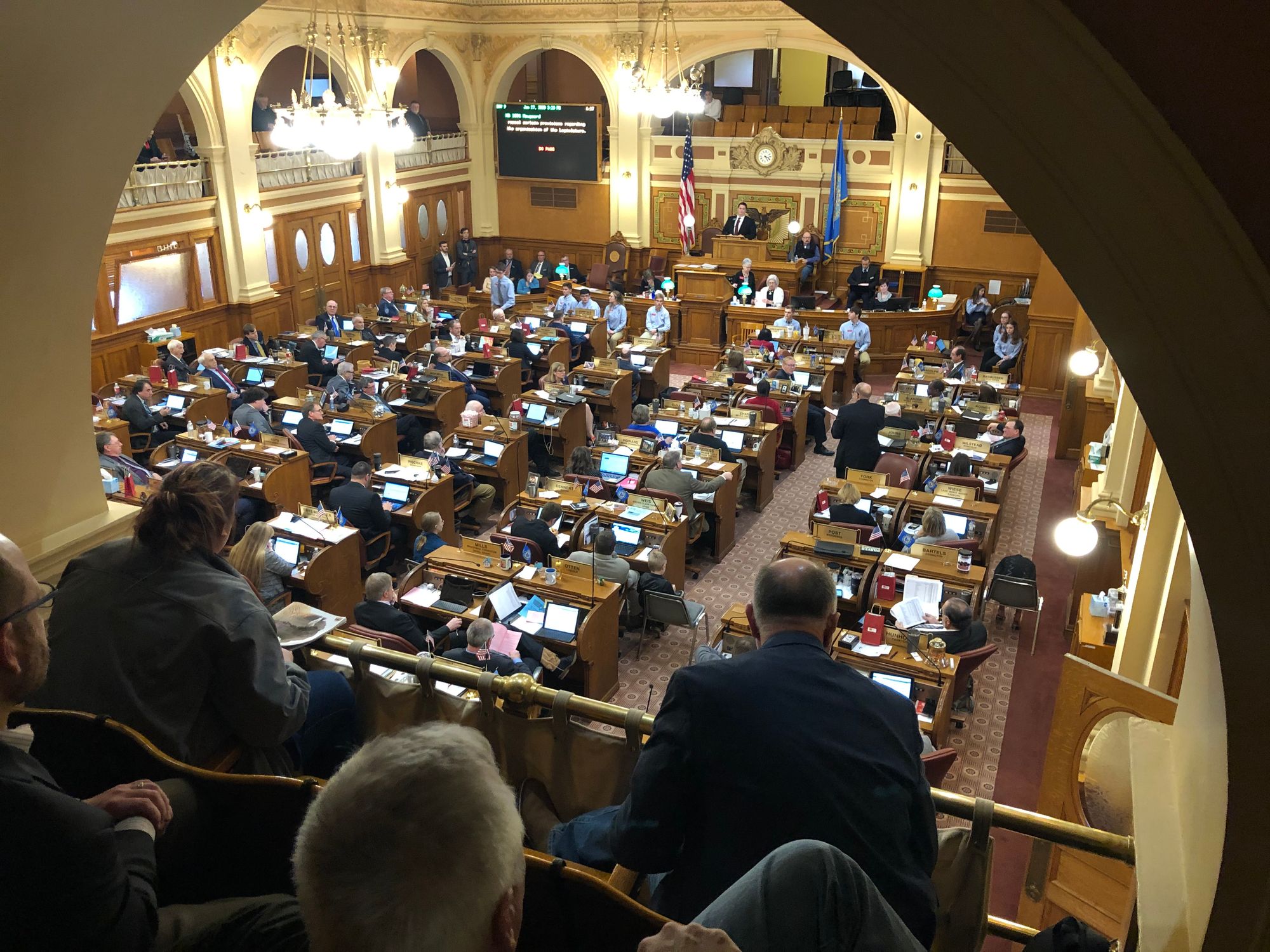
Past civics/history efforts
Noem has supported efforts to improve civics education in the past. A bill she supported in 2019 to require that South Dakota students pass a civics exam in order to graduate was heavily debated before being killed by the state Senate.
Other South Dakota officials have attempted to ramp up civics education in the past without much lasting effect.
Dave Munson, a former Republican lawmaker and former mayor of Sioux Falls, backed an effort in 2014 to enhance civics education and require that public school students pass an exam similar to what immigrants must pass before becoming U.S. citizens. Munson said he supports the new effort to enhance civics and history education, but said that great care must be taken to remove politics or inherent bias of government leaders or individual educators from decisions on teaching materials. The current polarized and highly politicized state of American government may make that more difficult than in the past, Munson said.
“If we’re going to teach it, we have to teach it in an unbiased way, because it’s hard to get the unvarnished version out there,” he said. “You have to be very careful so both sides are brought out, and you’re not trying to shove one version of history down somebody’s mind.”
Munson said he hopes educators will lead the discussion on developing the plan as opposed to the governor, elected officials or those from organizations with a political bent. “Every organization is getting more political all the time, and I wish we could get away from that and teach kids what both sides of the story are,” he said.
Regardless of who suggests or proposes funding for a new teaching focus, and in spite of the polarized state of American politics and government, caution is always needed to ensure that truth and a multitude of perspectives form the pillars of any new history-teaching plan, said Molly Rozum, a history professor at the University of South Dakota.
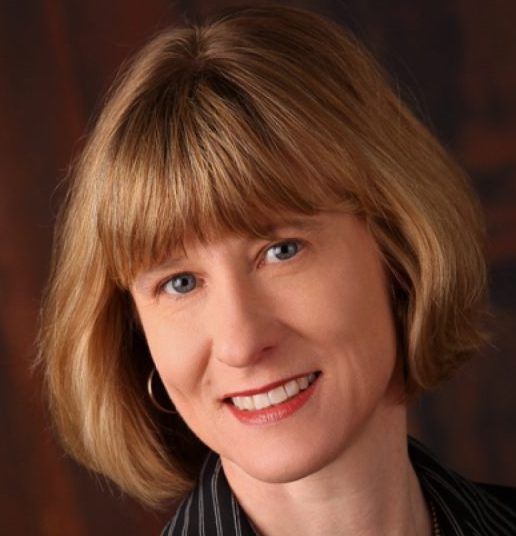
Rozum said those who guide classroom teaching should create content that highlights greater complexity rather than oversimplification of events in the past.
“It’s always an inherent risk, and you don’t want it to be ‘political’ or from a particular perspective, and I would be concerned about that whenever a process like this occurs,” Rozum said. “I think you have to include multiple perspectives on events, look through different eyes, and create a layering of complications and complexities to be truthful about historical events.”
The public should understand that the new civics and history initiative is not trying to create an entirely new curriculum for South Dakota schools, said Jaqueline Sly, a former Republican lawmaker from Rapid City who now chairs the state Board of Education Standards.
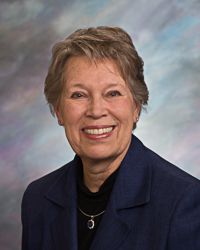
Instead, she said the initiative will provide more resources for teachers and make it easier for them to obtain the tools they need to teach history in more vibrant, relevant ways.
“It’s not like throwing out the baby with the bathwater; it’s taking what we have and working to strengthen it and make it better,” Sly said. “We’ll provide them with ways to make history come alive.”
Sly also noted that the effort to improve civics and history education in South Dakota has been ongoing for years, and that whatever comes from the new initiative will be optional for schools to use if they see fit.
“It won’t be top-down where you have to use this,” Sly said. “But why not have this be the time to look if there are ways to strengthen our social studies teaching in South Dakota?”
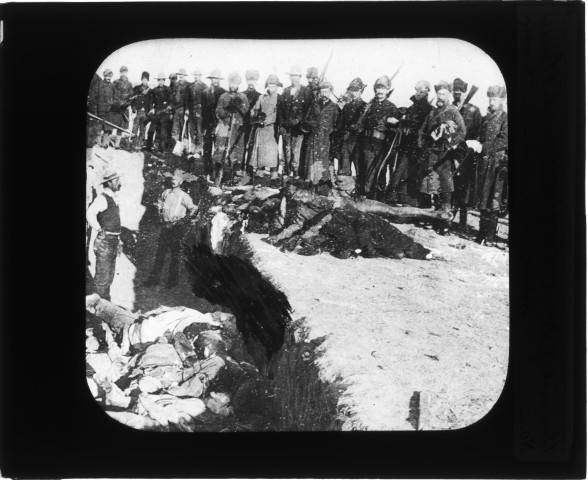
Native American perspectives
Most educators and historians agree that it is critical that any new teaching resources in South Dakota provide a fair, realistic approach to the experiences of Native Americans, the state’s largest minority group.
Noem’s proposal for a new focus on state history and civics comes during a tenure in which she has sparred with leaders in the South Dakota Native American community. Noem threatened to sue tribes over highway checkpoints designed to protect tribal residents from COVID-19, and she was banned from the Pine Ridge Indian Reservation for about six months in 2019 after pushing a so-called riot-boosting law aimed at pipeline protesters.
State Sen. Troy Heinert, D-Mission, said it is critical that elected officials and politicians stay out of the process of choosing materials for schools or leading the new civics and history initiative.
“Anytime we start down this path, we have to be cautious of who’s bringing it and asking if what they are promoting is accurate,” said Heinert, a member of the Rosebud Sioux Tribe who is minority leader in the Senate. “I know that the governor and Legislature are not supposed to write curriculum; that scares me on the face of it.”
Heinert said that he reviewed some civics exams that asked students to choose from a list of answers about what the United States gained when it made the Louisiana Purchase of land from France in 1803. The purchase put a large swath of land under American government control, including almost all of South Dakota and the western half of North Dakota, where Native Americans were the dominant population at the time.
“For far too long, history and civics have been a one-sided affair,” said Heinert, who was a public school teacher for a decade. “From our perspective, the question is, What did we as a people lose in the Louisiana Purchase, and the fact that we were not even made aware of what was happening?”
Jace DeCory, a Lakota elder and educator who is a member of the Cheyenne River Sioux Tribe, said any committee that determines the content of expanded history teaching in South Dakota must have input from several Native Americans in order to present a full picture of state history.
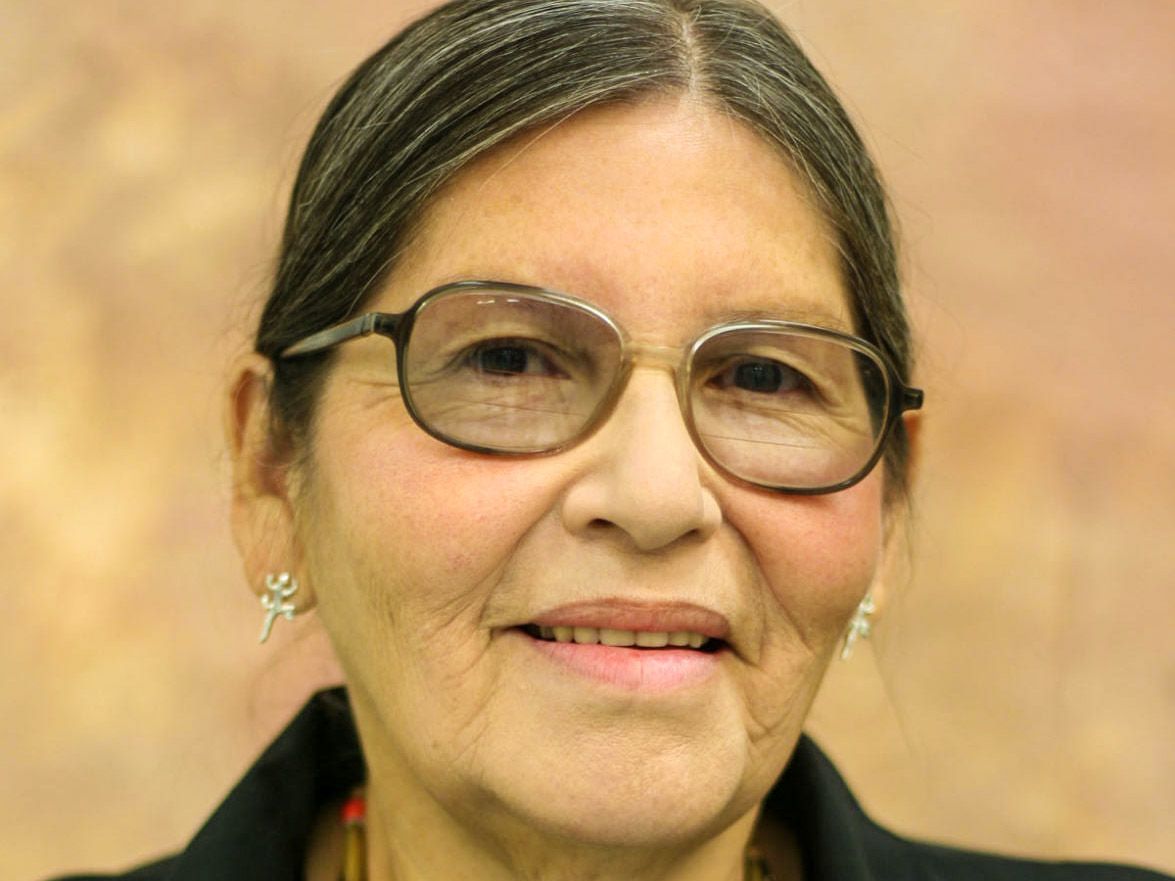
DeCory, who is a professor emeritus in the American Indian Studies Program at Black Hills State University, said education in Native American history and issues has improved but remains inadequate in South Dakota K-12 schools.
“Some of these kids coming from high schools in South Dakota, a lot of things we talk about in our history, they couldn’t believe and they were like deer in the headlights,” said DeCory, who taught history for more than 30 years at the college level. “In this day and age, you think our young people would have learned something about Wounded Knee, the Battle of Sand Creek, the Trail of Tears, some of these major events that occurred throughout the nation.”
Without learning the truth about Native history, including the boarding-school experience that stripped thousands of Natives of their language and culture, South Dakota students will be unable to understand some of the historical trauma and other challenges that still face indigenous people today, DeCory said.
“I think it’s important because I want to know the truth, I want them to know the truth, even though the truth hurts sometimes,” DeCory said.
DeCory said she is happy that the South Dakota social studies standards include the option for schools to teach the Oceti Sakowin Essential Understandings and Standards, which provides content on Native history, culture and land use. But she is hopeful the new civics and history program will provide greater opportunities and incentives for South Dakota schools to infuse lessons about Native Americans into all subjects. Learning more about Native history and culture will benefit students throughout their lives, she said.
“As Native people, we have been here for thousands of years, and yet there are many folks that don’t know about us, our history and our cultural beliefs,” she said. “I think especially during times of stress and whatnot, we offer something as Lakota people to the rest of the world. I really believe that our traditional way of life is a gift from the Creator, and those of us who believe in those traditional beliefs are trying to make the world a better place.”
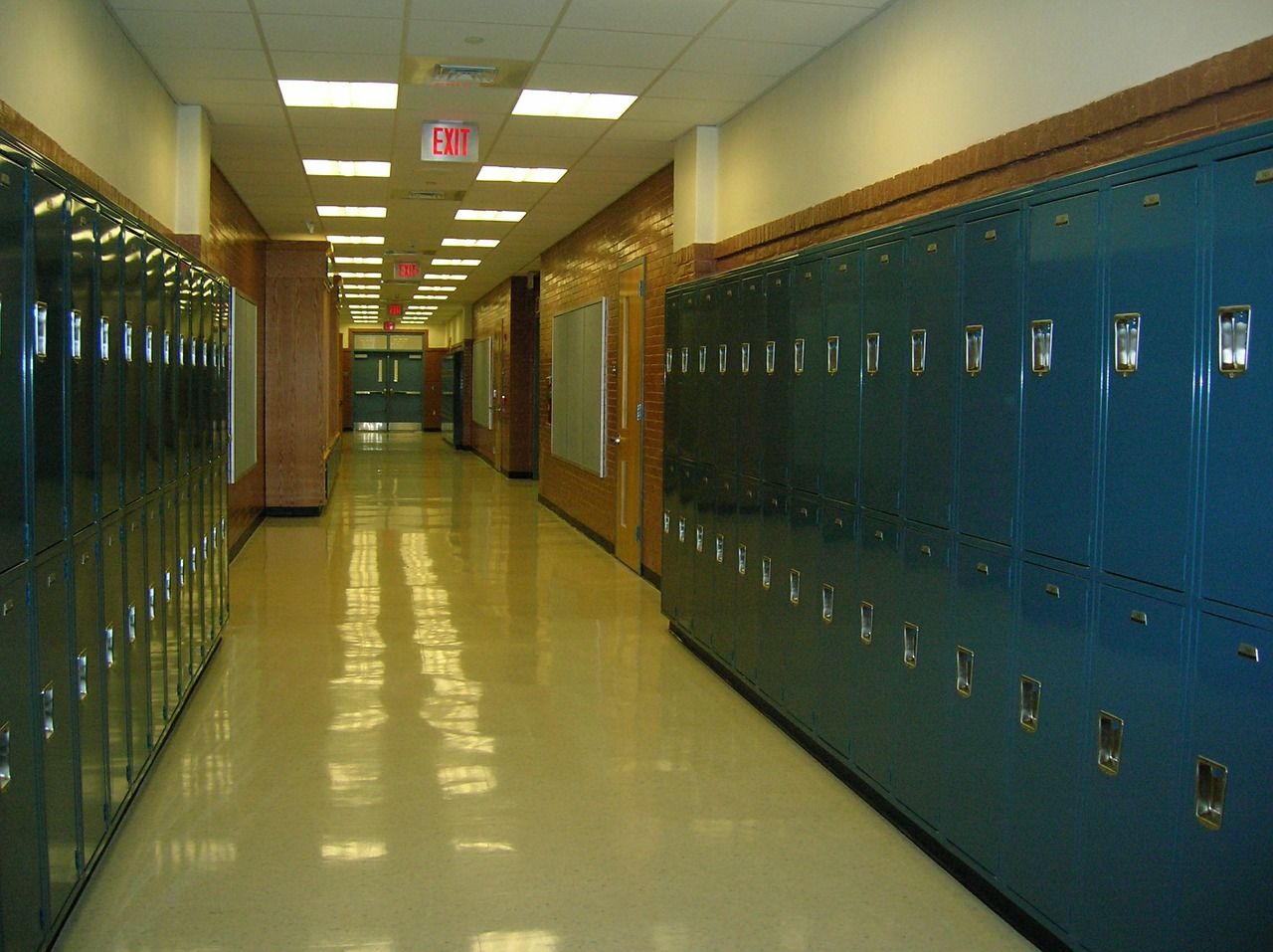
Waiting and seeing
Officials in some school districts contacted by News Watch appeared reluctant to discuss the civics and history initiative.
DeeAnn Konrad, spokeswoman for the Sioux Falls School District, said the district had no comment on the initiative since the contents of the program have not yet been developed.
“Our schools teach with fidelity the content standards outlined by the state which can be found on the DoE website,” Konrad wrote to News Watch in an email.
Katy Urban, spokeswoman for the Rapid City Area Schools, said the district is also waiting to see what comes out of the initiative but noted that teachers in the district feel they already do a good job of teaching to the state social studies standards.
“The state dictates what we teach, so it’s always been led by the state,” Urban said. “It was interesting when this came forward because it was stuff our teachers already thought we were covering pretty well, so it will be interesting to see what is included when that is developed.”
Rhoda Bryan, a history teacher who is the head of the Social Studies Department at Central High School in Rapid City, said she feels that South Dakota students are receiving a good education in civics and history now.
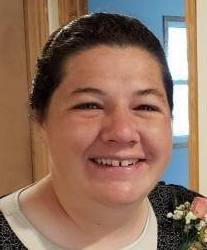
But Bryan said she welcomes a greater focus on those topics, especially at a time when many teachers and students have been urged to spend more time on STEM topics, or science, technology, engineering and math.
“I feel like we do a really great job in what we do right now, but as a social studies teacher, if there is more funding or resources or more focus, I’m always going to be a supporter of that,” Bryan said. “I think that social studies are just as important as the three other core areas of English, math and science because these students are learning to become citizens.”
Bryan, a Missouri native who has taught for seven years, said she is not overly concerned that bias or political leanings will enter into the creation of a new civics and history program for South Dakota schools.
“I don’t really see new standards or a new program changing the content that we teach all that much,” she said. Social studies teachers, she said, are already skilled at leaving personal feelings out of the conversations in the classroom.
Bryan often poses to her students a daily question to spur them to think about the world around them. Sometimes the question will refer to current events, but the larger focus is to prompt students to consider how current events relate to history and to understand the modern by placing it in the context of the historical.
For example, a daily question about the Black Lives Matter protests in 2020 would ultimately blend into lessons about the civil rights movements of the 1960s and 1970s, Bryan said. Similarly, Bryan used the 2020 presidential election as a way to discuss the First Amendment, its roots and its application in modern society, rather than examining the election from a horse-race or political-party perspective.
“Whichever side of the aisle people are on, they may not realize that history and government teachers are not really here teaching current events,” Bryan said. “It’s not that we don’t draw comparisons to today, but we see it as more that we’re teaching the past and what happened in history.”
Data from several studies and standardized tests make it clear that American youths and adults do not have a deep understanding of history, civics and the workings of government.
A 2016 survey by the Annenberg Public Policy Center found that only 26% of Americans could name the three branches of government. That year, only 23% of eighth graders scored as proficient on the National Assessment of Educational Programs civics exam. NAEP scores show that student scores across the country fell from 2014 to 2018 in history, civics and geography, though there were some improvements compared with tests taken in 1994.
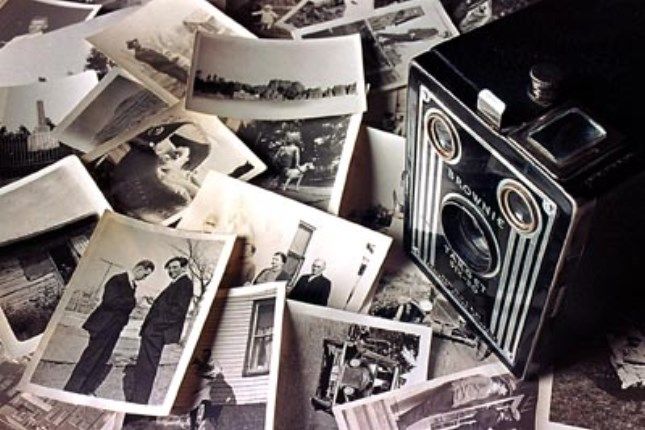
Potential benefits of social studies
Ben Jones, state historian and director of the State Historical Society who served two years as state secretary of education, said the political climate in the country at any given time is mostly considered by educators to be “noise” that does not play into decisions on revising or creating educational initiatives.
“Nothing will be improved by waiting to do this,” Jones said. “If you look at the national scores for history and civics, they’re nothing to be proud of.”
Jones said South Dakota and the country would benefit from enhancing civics and history education because doing so will teach students about their rights and responsibilities as citizens and provide them with context on how those rights came to be.
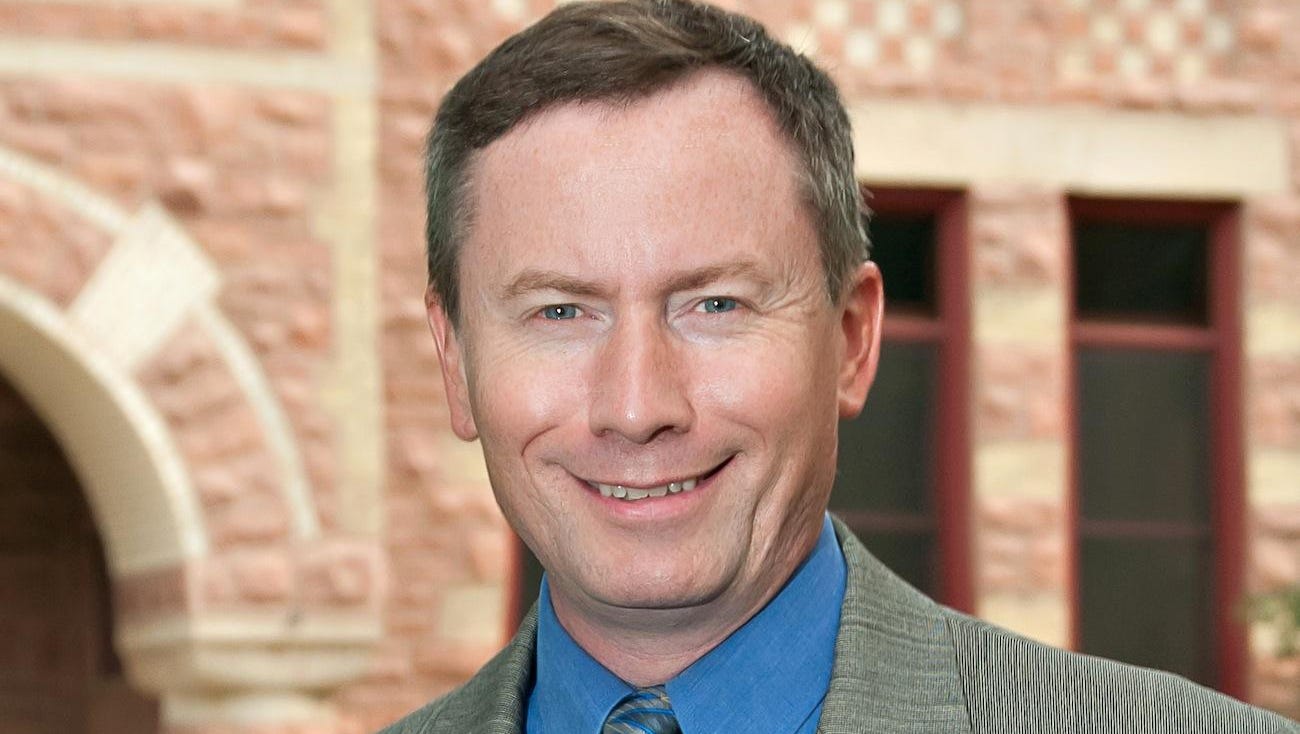
“It’s been a concern since the framers, because a republic doesn’t work if the citizenry doesn’t know what their rights are,” Jones said. “Hopefully, you’re inspiring them to once in a while pick up a book about their country and read something about Abraham Lincoln or the Underground Railroad or Wounded Knee and have some curiosity about the history that is embedded within them.”
Rozum, the USD history professor, said she would like to see instruction in South Dakota history taught beyond the fourth grade, where most state history curricula end or taper off. Students are taught more about U.S. and world history as they progress into high school, according to the current state standards.
Rozum said the teaching of history at any age is a critical element of the successful development of people as individuals and as members of a vibrant, collective society.
“You don’t just learn facts,” she said. “There’s a skill set needed to learn history, including analytics, writing, communicating effectively and understanding the complexity of the world. People who know history have a higher quality of life because you can engage in the world around you in a much more complicated way.”
In general, Rozum is hopeful about what might result from the process to develop a new civics and history initiative in South Dakota.
“That’s one of the great things about the United States; we can look at our past mistakes and then reform and revise and do better,” she said. “We can be critical of things that happened in the past in order to perfect Democracy in the present and move forward, and that should not be stunted in any way.”
News Watch to host webinar on civics and history on April 14
South Dakota News Watch will host a one-hour live webinar with education experts on Wed., April 14 at 7:30 p.m. Central.
The free webinar will be available for viewing by members of the pubic, who will also be able to submit questions to the panelists.
So far, panelists include Rhoda Bryan, Rapid City history teacher; Jace DeCory, history professor emeritus at Black Hills State University; and Jacqueline Sly, former teacher and lawmaker who heads the state Board of Education Standards.
Watch for details on how to sign up and attend the event coming soon.




